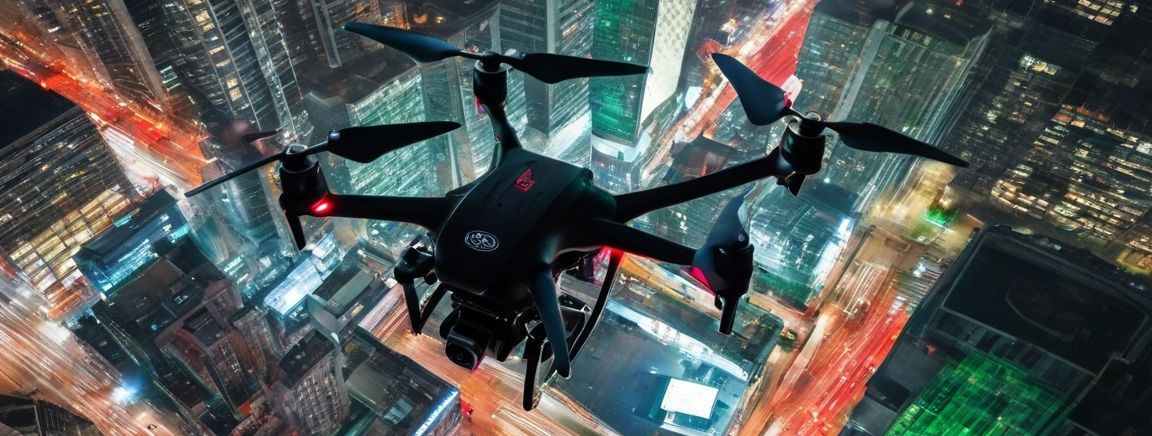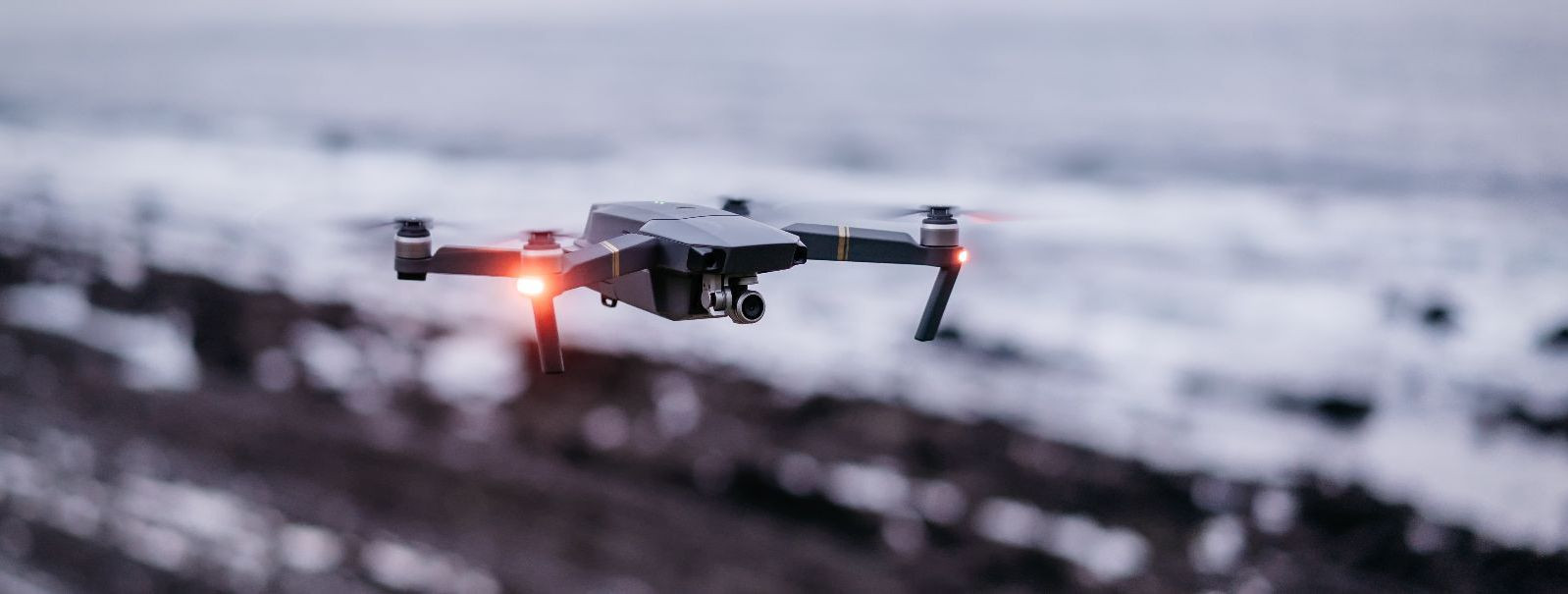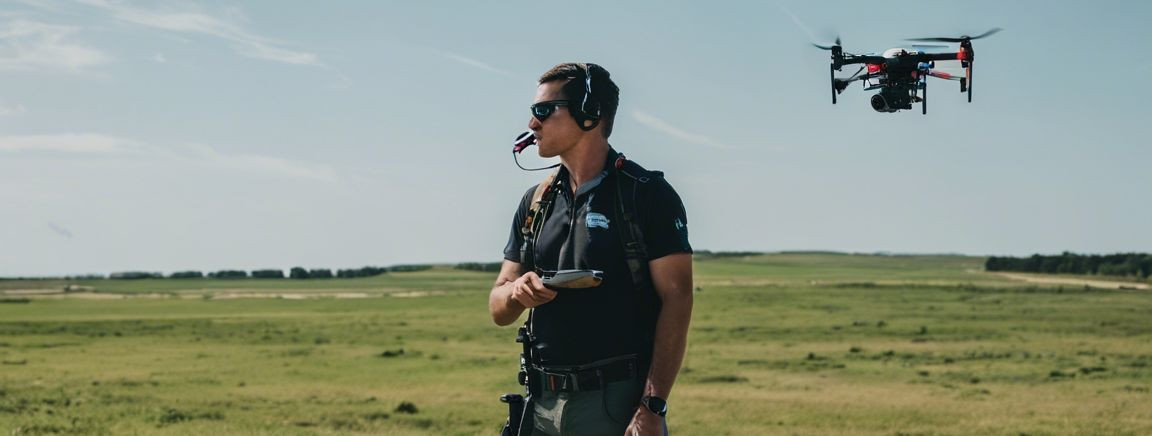The future of airspace security: drone detection evolved
The advent of drone technology has brought about a paradigm shift in the way we perceive airspace security. With the proliferation of unmanned aerial vehicles (UAVs), the skies are no longer the exclusive domain of traditional aircraft. This evolution presents a unique set of challenges for government defense agencies, aviation authorities, private security firms, and industrial companies that rely on or interact with drone technology.
Drones have become increasingly accessible and capable, leading to their widespread use across various sectors. However, this accessibility also poses significant security risks, such as unauthorized surveillance, smuggling, and potential collisions with manned aircraft. Addressing these risks requires a sophisticated approach to drone detection and airspace management.
Existing airspace security measures range from geofencing and no-fly zones to manual monitoring and reporting systems. While these measures provide a basic level of protection, they are often reactive and limited in scope, highlighting the need for more advanced and proactive solutions.
Advancements in Drone Detection Technology
Machine learning and artificial intelligence (AI) are at the forefront of the evolution in drone detection. These technologies enable systems to adapt and respond to new threats by learning from past encounters, ensuring a dynamic and robust defense against unauthorized UAVs.
Radio frequency (RF) spectrum analysis is a critical tool for identifying and tracking drones. By monitoring the RF spectrum for the unique signals emitted by UAVs, security systems can detect drones beyond the line of sight and even determine their payloads.
Acoustic sensors utilize the sound generated by drones to pinpoint their location. This method is particularly useful in urban environments where line-of-sight detection may be obstructed by buildings and other structures.
Radar technology has been adapted to detect drones by recognizing their specific flight patterns and size. Modern radar systems are capable of distinguishing UAVs from birds and other small objects, providing a reliable detection mechanism.
Optical and thermal imaging technologies offer additional layers of detection by capturing visual and heat signatures of drones. These systems can operate both during the day and at night, offering round-the-clock security.
Integration of Counter-Drone Strategies
As drone detection technology advances, it is imperative to consider the regulatory and legal frameworks that govern their use. Ensuring compliance with local and international laws is essential for the deployment of effective counter-drone measures.
Once a drone threat is detected, it is crucial to have both active and passive mitigation strategies in place. Active measures may include interception or neutralization of the UAV, while passive strategies focus on shielding sensitive areas from drone surveillance or attack.
The complexity of airspace security necessitates collaboration between various stakeholders, including government agencies, private sector entities, and international organizations. Sharing information and resources is key to developing a comprehensive airspace security strategy.
Future Trends in Airspace Security
Looking ahead, we can expect the emergence of fully autonomous drone tracking systems that can independently monitor and respond to UAV activities. These systems will leverage AI and machine learning to continuously improve their effectiveness.
As the number of drones in the sky increases, effective drone traffic management will become essential. This will involve the integration of UAVs into the broader air traffic control infrastructure to ensure safe and efficient operations.
The development of global airspace security standards will play a pivotal role in the future of drone detection. Harmonizing regulations and technologies across borders will be crucial for managing the international nature of drone threats and operations.
Discover how TRACKDEEP OÜ can elevate your airspace security with cutting-edge drone detection solutions tailored to your needs.






Comments (0)